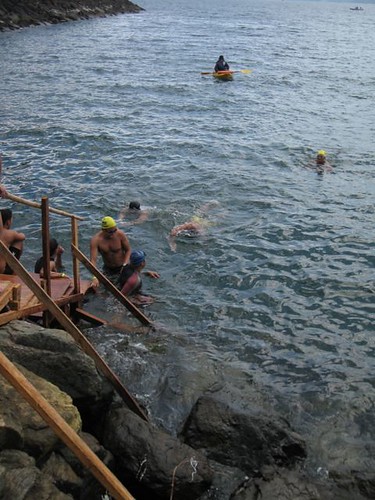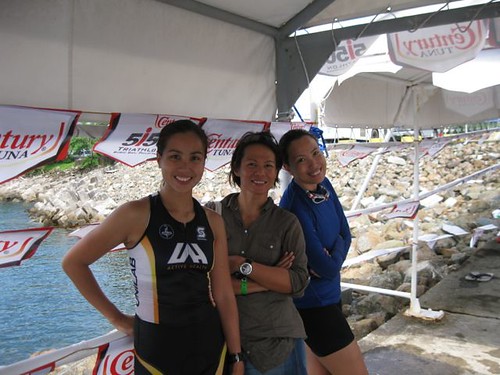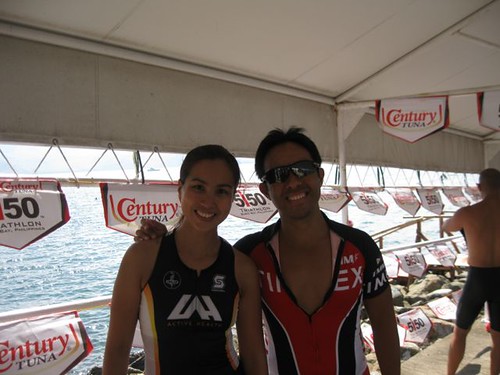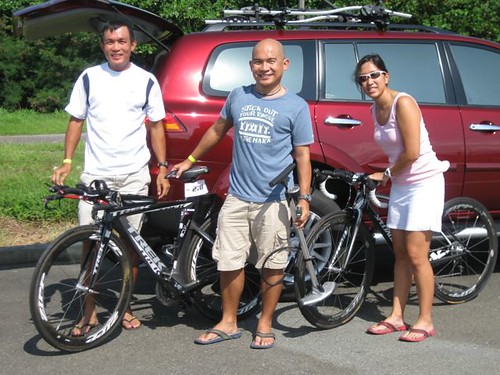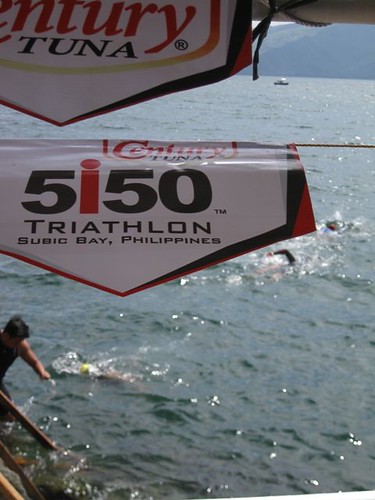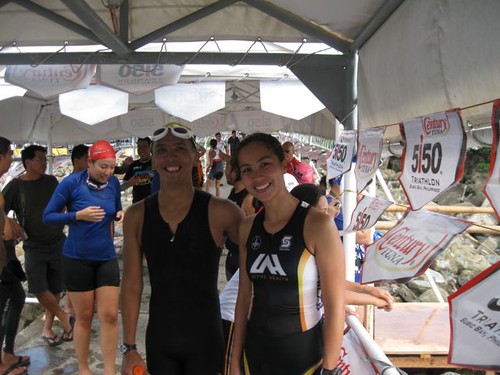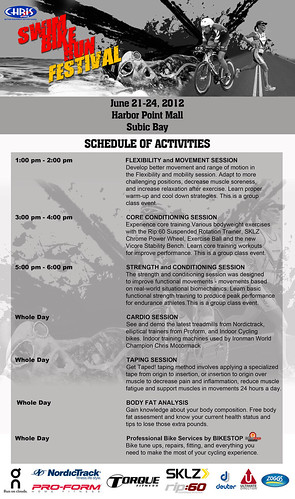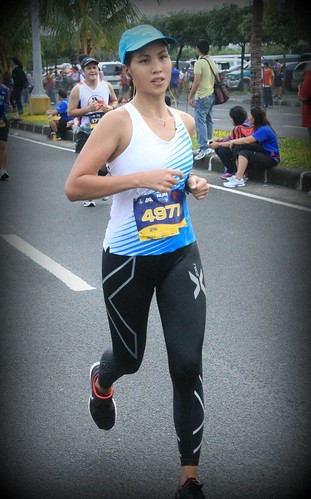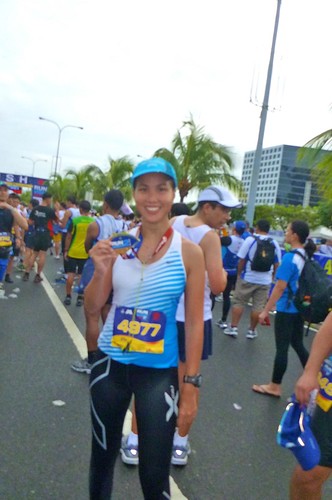Lucky is the runner that doesn’t have to deal with any injuries. At one time or another, most runners will be faced with an injury; it’s just part of life as a runner. One learns how to manage it and prevent any major problems to allow us to continue doing the sport we love.
One of the most common running injuries is Illiotibial Band Syndrome or ITBS. Here’s a definition from about.com:
Iliotibial band syndrome, or ITBS, is due to inflammation of the iliotibial band, a thick band of fibrous tissue that runs down the outside of the leg. The iliotibial band begins at the hip and extends to the outer side of the shin bone (tibia) just below the knee joint. The band functions in coordination with several of the thigh muscles to provide stability to the outside of the knee joint.
I first felt the symptoms of ITBS in late 2008. Completely unaware of what I should’ve been doing to appease my angry, tight muscles, I proceeded to run as fast and often as I could. What happened? ITBS went on full attack during my half marathon in Standard Chartered Singapore Half Marathon. At Km 19—yes, just 2 km shy of the finish, my left knee locked and refused to bend. I wobbled like Erap to a slow and excruciating finish.
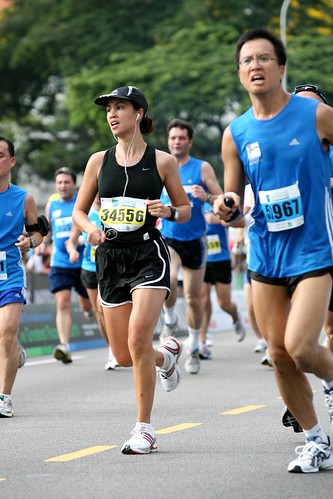
– Standard Chartered Singapore Marathon 2008. Pain pain pain –
It happened again in New York City Marathon 2010. Dormant for over a year, ITBS decided to unleash an all out war against me during the race that I spent 4 months preparing for. You really just wanna strangle this annoying injury if you could.
ITBS is nasty and evil. And, I must admit, it’s a lot more stubborn then I am. Left unmanaged, it will worsen until you reach the point when every step is so excruciating you won’t be able to run. BUT, if you learn how to manage ITBS as soon as you feel tightness in the ITB or soreness in the knee, then you can enjoy your runs with little worry.
Here’s what I do whenever I feel any symptoms of ITBS arising. It’s based on years of personal experience dealing with ITBS, but I’m no doctor so this should not replace a consultation with an expert.
1. Wear compression tights. This is the first thing I do when I feel even the slightest symptoms of ITBS returning. During every run, no matter how hot it is out there, I wear my compression tights. I use 2XU because it’s light, comfortable, and flexible (not as stiff as other brands). During cooler months, I use CW-X, which is a bit thicker than 2XU, but has a special model to address ITBS. I believe there’s a newer model of CW-X tights that are lighter. I hope Runnr brings it in soon.
2. Change shoes. It used to be that once I found the perfect pair for my feet, I would use that shoe for every single run. I felt safe in them. But, Hector Yuzon of SecondWind advised me to regularly change shoes. When I feel the slightest soreness on my knee or tightness on the ITB, I modify something in my footwear, be it a change of shoes, replacing of insoles, or putting them back on or removing them.
3. Foam roll. To ease the tight ITB muscles, I foam roll three to four times a day for 10 minutes. Roll on those tight muscles gingerly. You’ll feel the nodules fighting it out and it can be quite painful, but you gotta do what you gotta do to run again. I got my foam roller at Chris Sports for around P1,000, but I think most sports stores will have them. I also once used a PVC pipe and wrapped a yoga mat around it. If you’re on a budget, this works well too. Click HERE to read my old post on Foam Rollers.

4. Tiger Tail. On top of the foam roller (I know I can be quite obsessive about battling ITBS), I use the tiger tail right after I run or while I’m watching TV. Just roll over the tight areas of your leg. While you’re at it, roll over the calves, quads, and hamstrings too. Tiger Tail is available in Chris Sports for around P1000. Click HERE to read my old post about Tiger Tail.
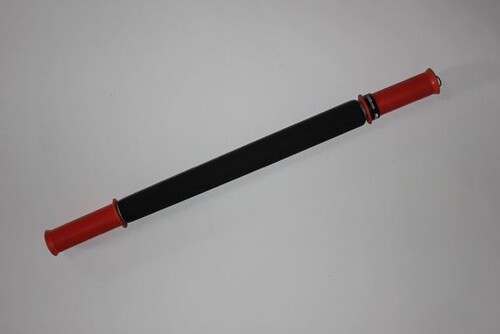
5. Deep tissue massage and therapy. Even if you foam roll and tiger tail, there’s nothing like a physical therapist’s expert strokes to remove those nodules. I visit Peak Form Sports Recovery Center (formerly Riovana Sports Recovery Center) at the 2nd floor of Riovana for a session of ultrasound, laser, deep tissue massage, stretching and finally cryo therapy at least once a week until the ITBS is gone. This center is owned by ortho-surgeon Dr. Gary Eufemio and Coach Jim Saret so you know you’re well taken care of. Click HERE to read about it and for contact info.
6. Stretch. You should be doing this even if you don’t have any ITBS. Always stretch AFTER a run. For the ITBS, my favorite stretch is this: I stand with my left leg over the right leg. I stretch my left arm over my head reaching over to the right side. You’ll feel the stretch up to the hip. Do it again on the other side. I do this after every run. And, I also do it at home as often as I can. Click HERE for a visual.
7. Strength training. ITBS is caused my a muscle imbalance. Your ITB is tight because your VMO (inner thigh muscles) aren’t strong enough. So, with every step during a run, there’s an imbalance. You must strengthen the VMO to correct this. You can head to the gym and do some hip abductor exercises. Or you can purchase therabands and do the work at home.
8. Dry needling. This is my last resort if, after 2 weeks doing nos. 1 to 6, the ITB is still not budging. This is still a pretty controversial form of therapy; some say it works, some say it doesn’t. For me, it provided immediate relief from the tightness. I go to Dr. George Canlas’ clinic at Moro Lorenzo Sports Center in Ateneo. You’ll have to get a consult with him and ask if he would recommend dry needling for your case. Aspi is my go-to dry needling guy here. Click HERE to read my old article on Dry Needling.
With dry needling, the therapist pops a large needle directly into the tight muscles in your leg. You’ll feel like you’re being electrocuted; sometimes you’ll cringe and even cry because of the pain. It’s painful. (They say it makes PBA players cry!) Your muscles will be sore the following day. But, it can definitely rid all the tightness without the slow and painful strokes of a massage. The downside? The relief is temporary. Once you run again, the tightness will return.
So, guys and girls, that’s what I do to fight ITBS. Once you get ITBS, the battle doesn’t really end. Every time you up your mileage or train for a marathon, the symptoms reappear (well, at least for unlucky flatfooted me.) As a runner, you learn how to manage an injury wisely and keep it from preventing you to run. You gotta teach those injuries who’s boss!

